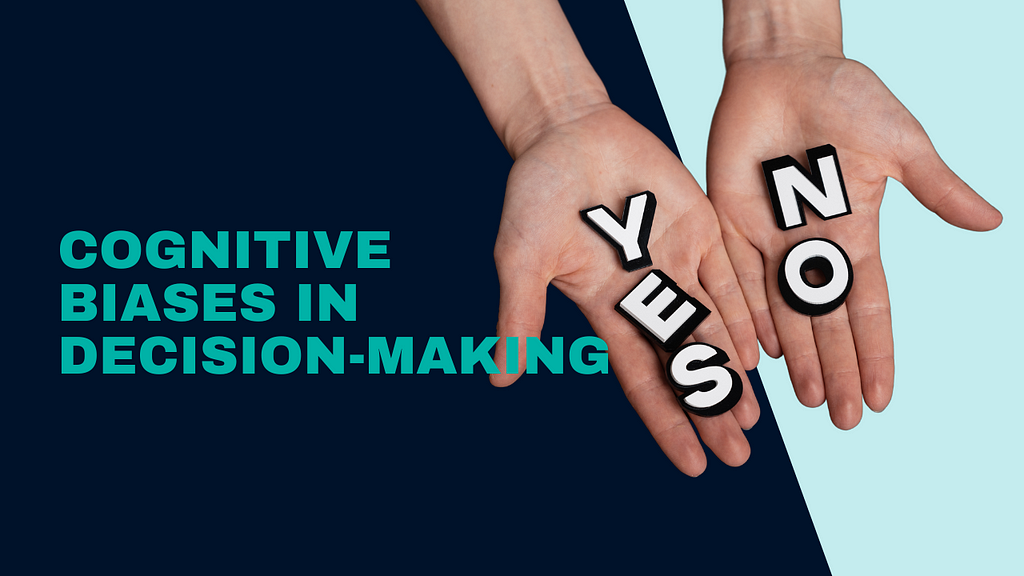
In the complex web of decision-making, our minds often rely on mental shortcuts to navigate the vast amount of information presented to us daily. These shortcuts, however, can lead to systematic patterns of deviation from objective reality, known as cognitive biases. Understanding these biases is crucial for making informed decisions, whether in personal, professional, or societal contexts.
I. What are Cognitive Biases? Cognitive biases are systematic patterns of deviation from norm or rationality in judgment, often leading to perceptual distortion, inaccurate interpretation, illogical interpretation, or what is broadly called irrationality. These biases affect our decision-making processes, influencing the way we perceive information and make choices.
II. Types of Cognitive Biases:
a. Confirmation Bias: This bias involves favoring information that confirms our existing beliefs while ignoring or dismissing evidence that contradicts them. For instance, individuals who hold strong political views may selectively consume news sources that align with their opinions, reinforcing their existing convictions.
b. Anchoring Bias: Anchoring bias occurs when individuals rely too heavily on the first piece of information encountered (the “anchor”) when making decisions. This initial piece of information can significantly influence subsequent judgments. In negotiations, the first offer often serves as an anchor, shaping the entire bargaining process.
c. Availability Heuristic: The availability heuristic is the tendency to rely on readily available information rather than seeking out all relevant facts. For example, if someone hears about a recent plane crash, they might become irrationally fearful of flying, even though statistically, flying remains one of the safest modes of transportation.
III. The Impact of Cognitive Biases:
a. Decision-Making Errors: Cognitive biases can lead to errors in judgment, as individuals may not objectively assess information. In a business context, a manager influenced by the sunk cost fallacy might continue to invest in a failing project simply because of the resources already expended.
b. Strained Relationships: These biases can strain personal and professional relationships. The fundamental attribution error, for instance, involves attributing others’ behaviors to their character rather than considering external factors. This can lead to misunderstandings and conflicts.
IV. Overcoming Cognitive Biases:
a. Awareness and Mindfulness: Recognizing and acknowledging cognitive biases is the first step toward overcoming them. By being mindful of our thought processes, we can consciously challenge our preconceptions and consider alternative perspectives.
b. Diverse Perspectives: Encouraging diverse perspectives and seeking input from a variety of sources can help mitigate biases. Collaborative decision-making involving individuals with different backgrounds and viewpoints can lead to more balanced and informed choices.
Cognitive biases are inherent aspects of human cognition that can significantly impact our decision-making processes. Being aware of these biases is crucial for making informed choices, both in our personal lives and in the broader societal context. By understanding how our minds can deceive us, we empower ourselves to navigate the complexities of decision-making with greater clarity and objectivity. In a world where information is abundant and decisions are abundant, cultivating this awareness becomes an essential skill for success and well-being.
Cognitive Biases in Decision-Making: Understanding How Our Minds Can Deceive Us was originally published in SynapseStorytime on Medium, where people are continuing the conversation by highlighting and responding to this story.